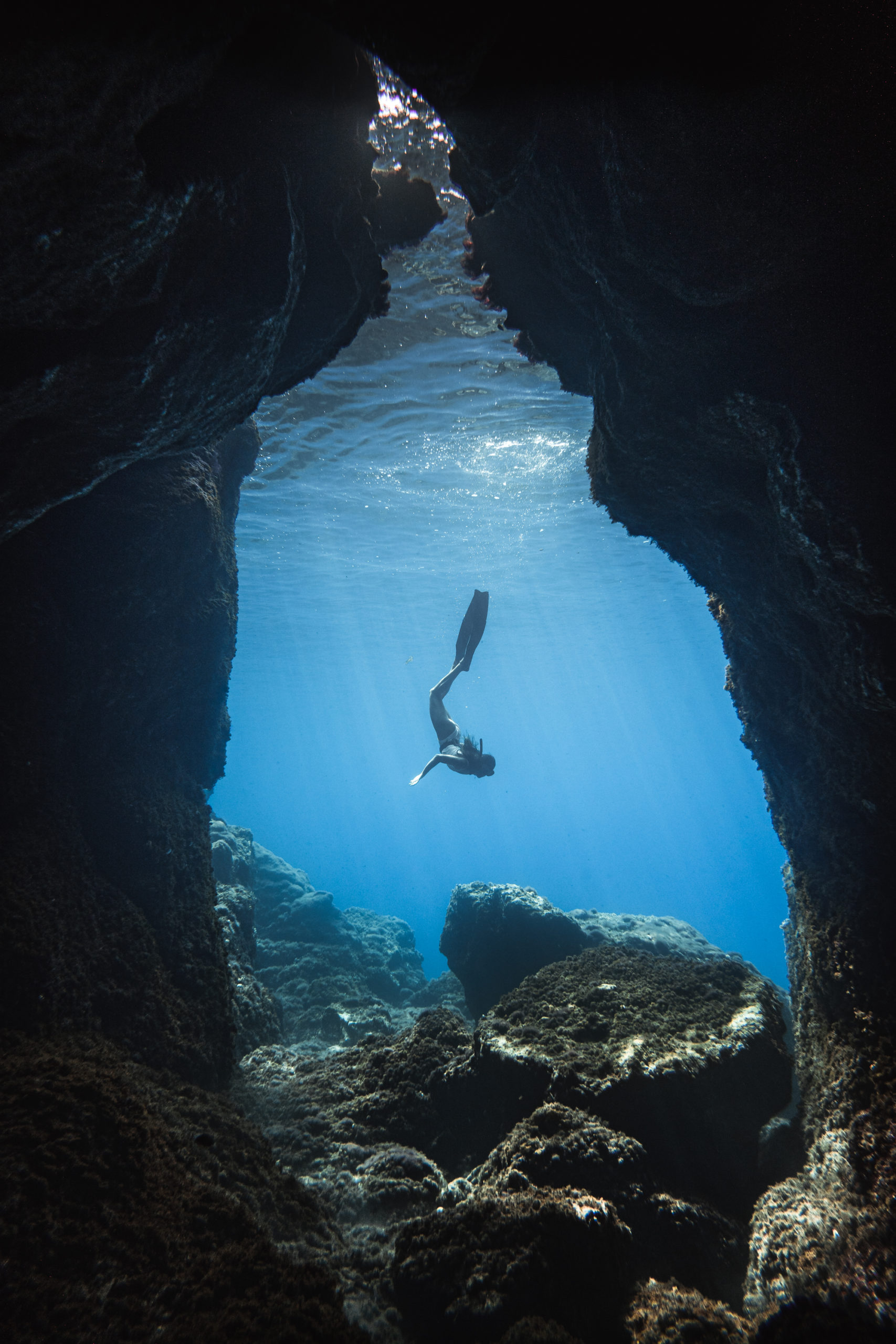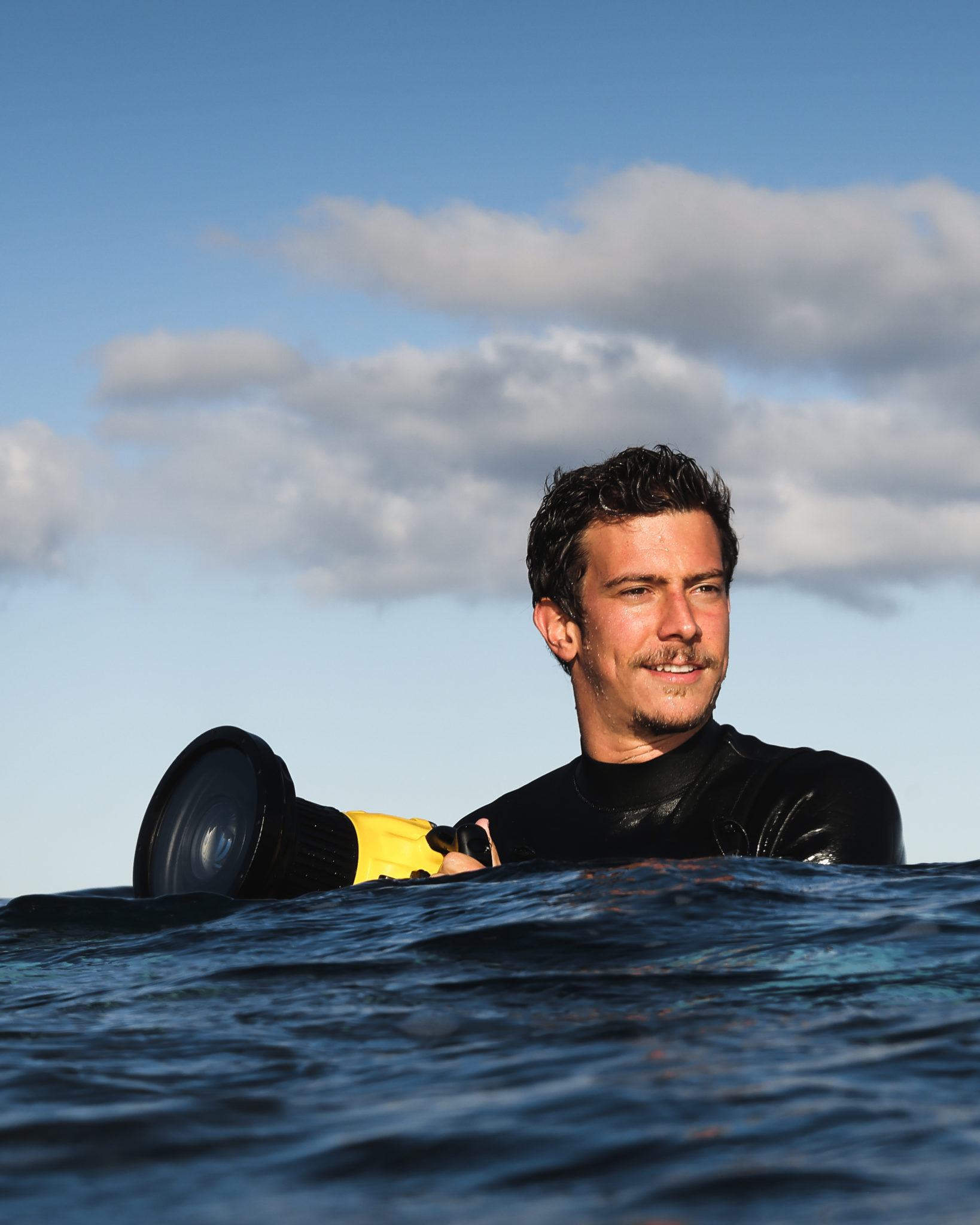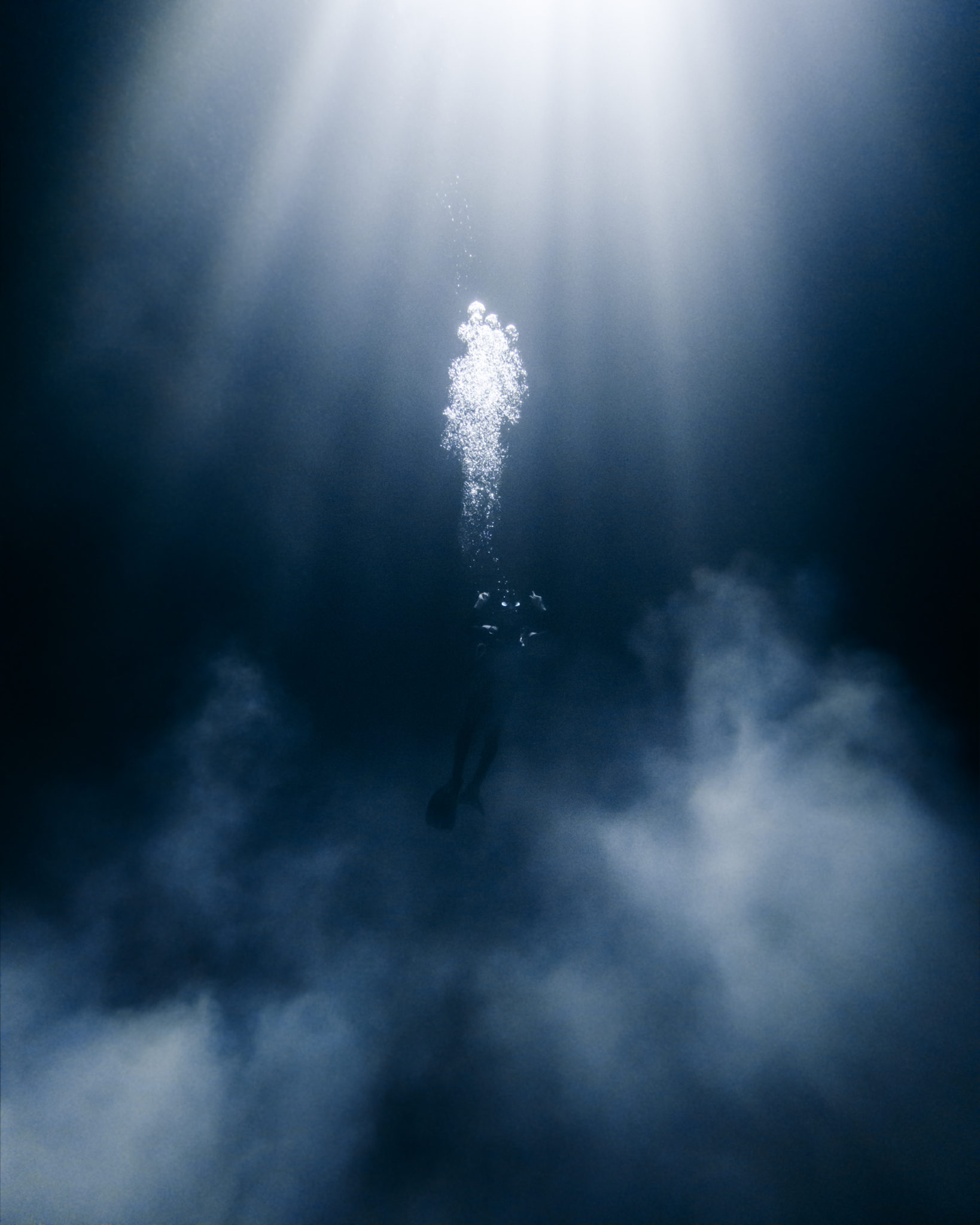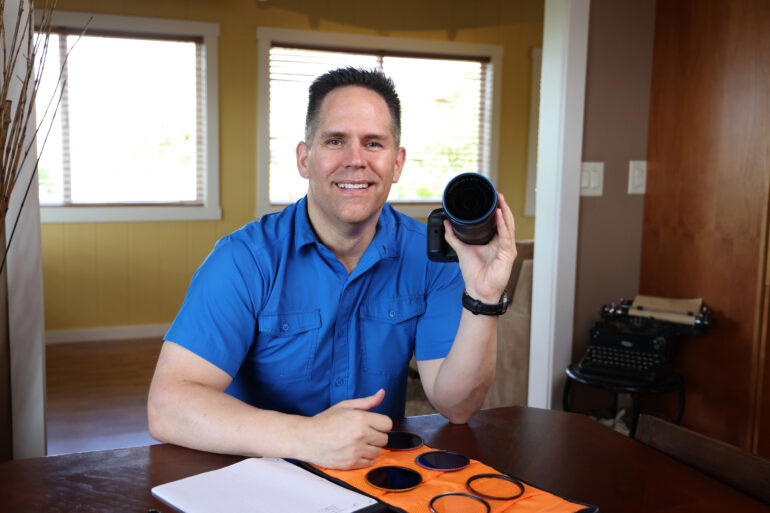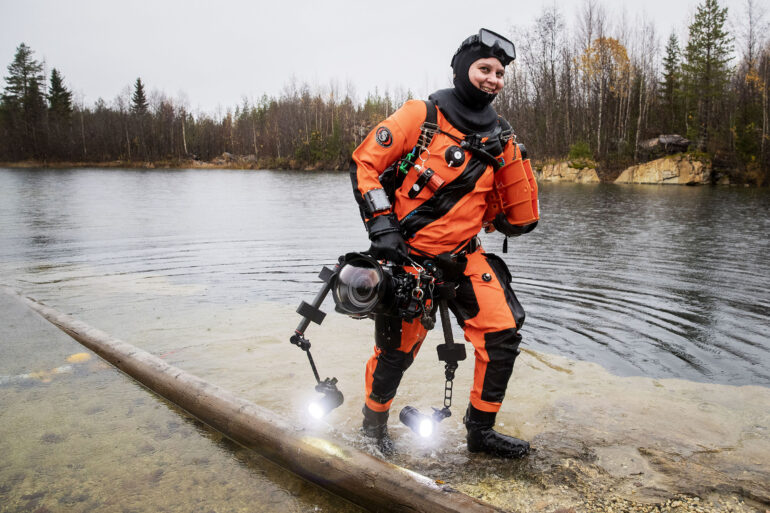Recent reports state that the underwater camera market is set to have an approximate market value of USD 6 billion. And for this very specialized genre of photography, the valuation is expected to hit close to $13.3B at the turn of the next decade. We look at what factors are contributing to the rise of underwater photography globally and speak to some photographers who are experts in this genre.
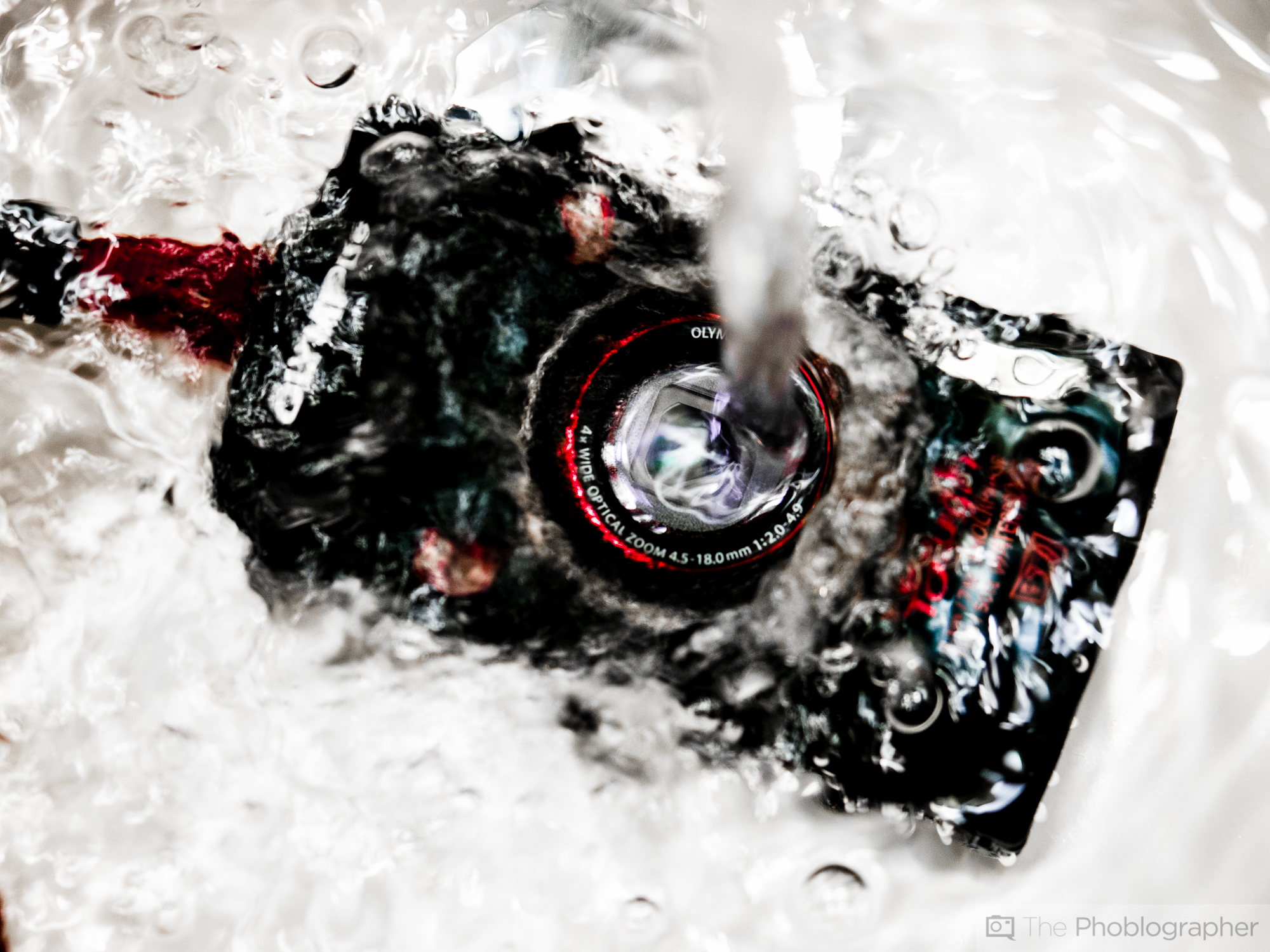
Table of Contents
Post-Covid Surge In Underwater Photography
According to Transparency Market Research Inc, the underwater photography genre is set to steadily grow for the next decade. This surge in popularity of underwater cameras can be attributed, in part, to the rise in tourism witnessed. With the easing of Covid-19 pandemic restrictions, holiday resorts have resumed operations, fueling a global interest in adventure tourism and underwater sports. Holidaymakers have begun to spend in droves, with many families opting for expensive holidays to beat their lockdown blues. This trend, colloquially referred to as “revenge tourism,” continues to persist even a year after most countries lifted their lockdown measures. Call it what you may, the heightened demand for luxurious getaways has resulted in a notable increase in the sales and rentals of underwater cameras. This is more prominent in the Latin American and Asia Pacific tourism sectors.
Social Media Plays A Part
Photographer Javi Garcia feels that social media has also played a large part in contributing to this increase. “Nowadays, the use of all these apps gives people more access to underwater images, and this makes the interest in this type of photography grow, as it happens with aerial photography with drones or other styles of photography,” Javi tells us. “Another reason, I believe, is the increased awareness of the problems facing our oceans. This makes many more people want to get involved in telling stories, showing the beauty or denouncing situations related to our seas and oceans, which increases the interest in underwater photography.”
He recently also upgraded all his underwater photography equipment, as he wanted to photograph at much greater depths than before. Javi now understands the increasing competition in this sector and keeps on his toes. “I have always believed that competition is good for any type of work,” he tells us. “This makes you not be satisfied, and always keep in mind the importance of innovating, to keep learning, and to grow as a professional as the market evolves. Every professional has a great advantage over any amateur. He continued to say that it’s all about the experience — and that it’s a huge difference maker.”
Professionals must know how to use their experience as the world evolves
Javi Garcia
Mirrorless Cameras Increasing In Usage Under Water
Action cameras like the GoPro series and 360 variants like the Insta 360 have always been popular among vloggers. Their all-weather resistance also endears them among travelers with basic photography skills. Underwater photography has also gained traction on social media channels such as Instagram and Tiktok, fuelling increased demand for capable cameras. While smartphones have improved their image quality in leaps and bounds over the last decade, we did note earlier this year that there was still room for more dedicated underwater cameras.
Superior to their inexpensive dedicated underwater counterparts, mirrorless cameras offer distinct advantages due to their larger sensors and higher image quality in aquatic environments. Coupled with the right kind of underwater housing, these cameras can produce far better results under the ocean’s surface than action cameras or smartphones can. Additionally, mirrorless cameras exhibit faster autofocus capabilities compared to DSLR models and more compact and portable designs. As a result, photography enthusiasts among prosumer divers lean towards mirrorless cameras over the bulkier and slower DSLRs.
What Countries Are Driving The Demand For Underwater Photography?
Blueweave Consulting reports that North America currently holds the highest share of underwater cameras. Asia Pacific has positioned itself as the fastest-growing region, thanks to increased spending power in countries like India and China. By the end of this decade, it’s also expected to supersede North America in the lead.
Sea waters are clear in Maldives, Indonesia, and Mauritius. These perennial holiday spots have clear waters all year round. Photography during activities like snorkeling and deep-sea diving is easier than ever before at holiday resorts in these places.
A surge in tourism, combined with the increasing presence of travel influencers in the post-pandemic era, has sparked new trends. More influencers are looking to create distinct and visually appealing perspective content, to fight the ever-changing algorithms of social media. This has not gone unnoticed by tour companies and tourism boards. Many are now teaming up with influencers to create distinct promotional material beyond conventional travel imagery. Capturing the beauty and fragility of underwater environments helps evoke empathy and inspire action to protect these delicate ecosystems.
More Rental Companies
Of course, specialist underwater cameras are anything but cheap. But the rise in camera rental companies catering to this segment has already increased, according to Research and Markets. This makes sense for amateur photographers not wanting to invest in buying their own cameras but still looking to create stunning images from their holidays and undersea adventures. The ability to rent better cameras without investing in them also provides travel influencers more flexibility in covering various projects. The same also holds true for professional photographers in other genres of photography. They don’t necessarily do underwater photography as their main line of work but may need to occasionally dabble in it, depending on the client’s needs.
Regions with popular diving and snorkeling destinations, and notable underwater ecosystems, are more likely to have more underwater camera and accessory rental companies in the region.
Photographer and tech innovator Michael Andrews knows the costs of dedicating oneself to underwater photography. “The learning (and expense) curve is steep to get into underwater photography,” Michael tells me. “You would likely need to commit $5-$8,000 minimum for a decent setup (possibly more), and this is not including the camera and lenses. You probably need a good 15-20 dives with the new gear just to get the hang of it and really to flourish, but it’s better if these are in different places (more variety).” He also rightly points out the technical challenges that arise underwater. “There are all kinds of lighting problems (red light disappears after just a few feet). It can be murky; you have to go through a whole process to get your camera in a housing, you are committed to one lens, etc.”
Not every amatuer will be able to just pick up a camera and get into it. It really takes commitment and is expensive
Michael Andrews
The Rise Of Underwater Drones
Believe it or not, drones aren’t limited to aerial photography. The underwater photography segment has seen many independent players looking to release drones for photographers. Kickstarter alone has seen more than a handful of campaigns for these specialist cameras in the last 5 years. They’ve all been successfully backed, with one getting over USD $800,000 in backing. We don’t have any word on the efficacy of their claims. But judging from the comments on some of those campaigns, there appear to be many satisfied backers.
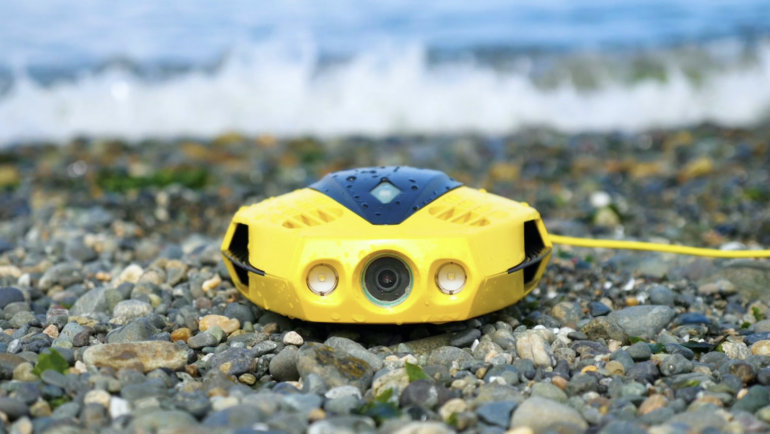
The convenience of such drones also means that you don’t need to get yourself wet to use them. With wired and wireless tethering, you can photograph ocean life like never before. The best part is even those who can’t swim can now give photographing life under the waves a shot.
However, the significance of underwater cameras extends beyond the realm of enthusiasts. The applications of these devices have a vast range of professional uses. Fisheries, governmental research bodies, and educational centers are among the many entities that can leverage underwater cameras to serve their needs. From monitoring marine ecosystems to conducting crucial scientific studies, these cameras play a pivotal role in unlocking the mysteries of the underwater world.
Popular Underwater Cameras
Tiina Törmänen is one of the more experienced underwater photographers we’ve featured on our site. She notes that smaller action cameras are top-rated among amateur photographers. “Today’s action cameras are very good, like the GoPro 11. It has good image quality, not too high a price, and is easy to use,” Tiina says about this line of cameras that can be used underwater. “Cameras like this can lower the starting point to enter the world of exploring underwater.”
I asked Tiina what she thought about underwater drones and if she felt their usage by non-professionals would dent the market for those experienced in this. “I don’t see this being an issue,” she admits. “The underwater world is much more demanding. Even if you can use underwater drones, it is easier for people with diving experience to understand the world beneath.” Tiina thinks that what she calls only good divers can really master underwater photography.
You need to spend time out there [underwater] to understand how to get the best footage. It sounds easier than it is. But ocean conditions can be very demanding and cold water diving is also another story. To be a good diver is not easy; it is not like going to a course and buying a camera
Tiina Törmänen
After a quick search on Flickr, it becomes evident that a substantial presence of compact cameras is being utilized underwater. Curiously, the majority of these cameras lack official underwater ratings. Such photographers appear to have invested in underwater casings and housings for their equipment.
The Future Of Underwater Photography
As travel continues to grow, we can hope and pray that the economies of the world surpass pre-pandemic levels. The rise of the underwater photography market also presents promising prospects for camera and accessory manufacturers within the industry. It may be a while before the leading brands offer dedicated full-frame or even APS-C sensor underwater cameras. But given the direction that this sector is heading in, the introduction of such cameras in the next 5 years shouldn’t come as a shock to industry observers. The increase in rental companies has also made it more accessible to first-time underwater photographers, allowing them to dive in (pun intended) to explore a genre previously possibly well out of reach.


